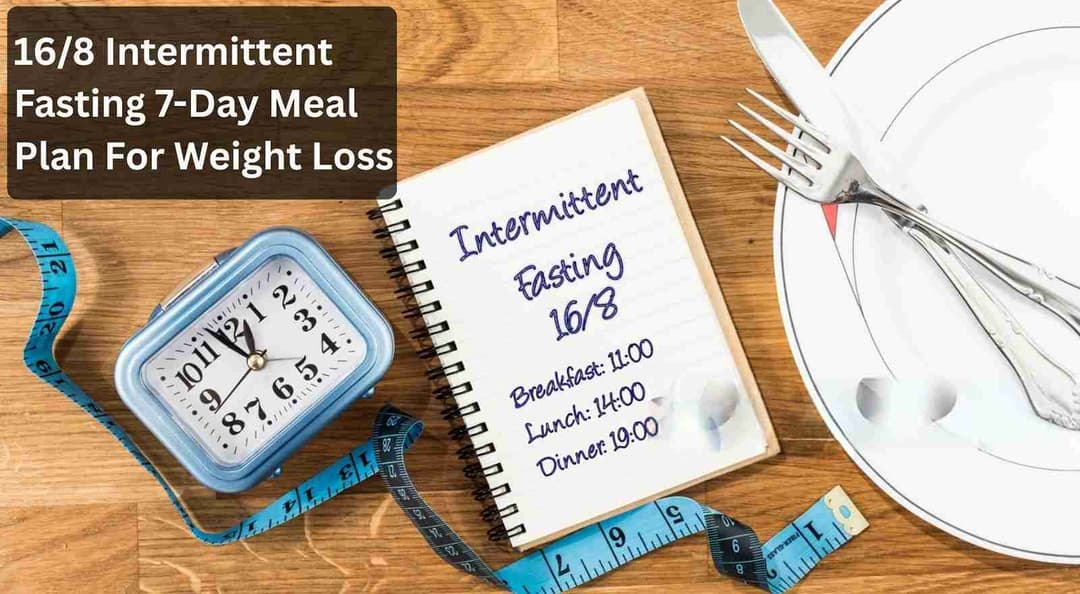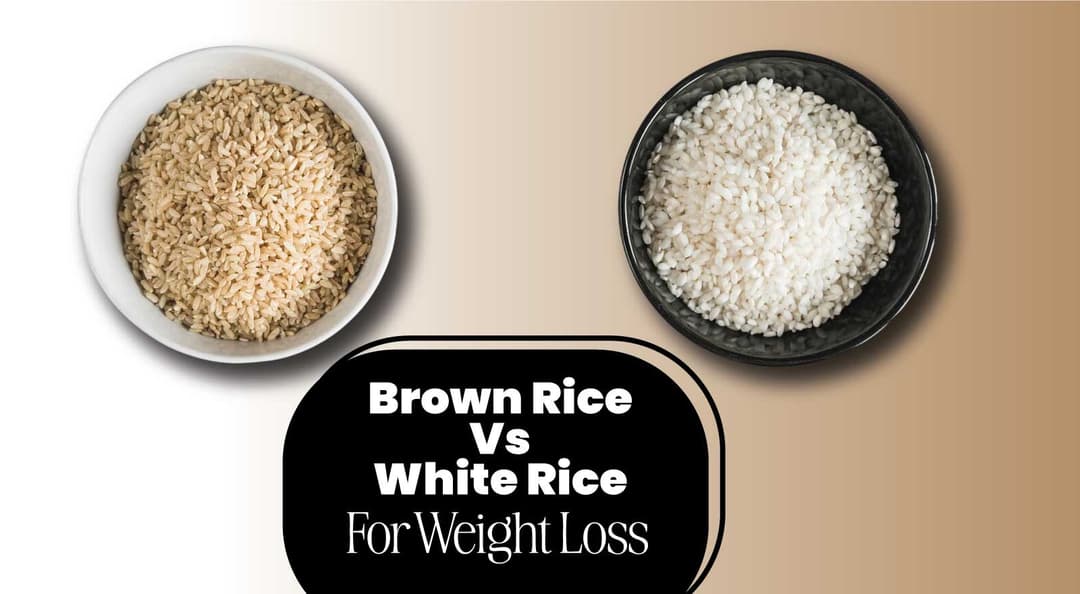"Your waist-to-height ratio is not just a number; it reflects your overall health and well-being."
Hello readers! You might have heard about ideal body weight or body mass index that predicts your overall body’s internal health. But, do you know that your waist-to-height ratio also plays an important role in determining your health condition?
It works by focusing on central adiposity, which is closely linked to metabolic health., The waist-to-height ratio provides a more accurate version of the health check. In this blog post, we'll explore the significance of maintaining a healthy waist-to-height ratio and offer practical strategies for achieving and sustaining it. So, let's get started!
Table Of Contents
- What Is A Healthy Waist-To-Height Ratio?
- How To Calculate Waist To Height Ratio?
- Waist-To-Height Ratio By Age
- Normal Waist-To-Hip Ratio For Women And Men
- The Significance Of A Healthy Waist-to-Height Ratio
- Strategies For Maintaining A Healthy Weight-to-Height Ratio
- Dietitian's Recommendation
- The Final Say
- FAQs
- References
What Is A Healthy Waist-To-Height Ratio?
The waist-to-height ratio is a simple yet powerful metric that compares the circumference of the waist to the individual's height. The resulting ratio offers insights into body fat distribution, particularly visceral adipose tissue around the abdomen, which is associated with increased health risks. This is because central adiposity, reflected in a high WHtR, is closely linked to insulin resistance, inflammation, dyslipidaemia, and other metabolic disorders.
Research also indicates that a healthy waist-to-height ratio is better than BMI for predicting cardiovascular disease, type 2 diabetes, and longevity. Furthermore, WHtR accounts for body shape and composition variations across different ethnic groups, making it a more universally applicable measure of health risk.
How To Calculate Waist To Height Ratio?
To calculate your ideal waist-to-height ratio, you can use the following formula:
To calculate your WHtR:
- Measure your height in inches or centimetres.
- Measure your waist circumference in inches or centimetres.
- Divide your waist circumference by your height to obtain your WHtR.
Once you have calculated your WHtR, compare it to the recommended ranges. Discuss the findings with your healthcare provider to assess your risk profile and develop a personalised health plan if necessary.
Waist-To-Height Ratio By Age
The fundamental principles of maintaining a healthy waist-to-height ratio remain consistent across age groups. However, based on age, health status, and lifestyle, doctors can provide individualised recommendations.
A universally accepted waist-to-height ratio chart needs to be explicitly categorised by age. For adults, including older adults, a waist-to-height ratio below 0.5 is commonly recommended for optimal health. This means the waist circumference should be less than half a person's height. However, the general guideline for a healthy waist-to-height ratio is typically consistent across age groups.
It's important to note that while age can influence body composition and fat distribution, consulting with your doctor or a registered dietitian is recommended for personalised advice and guidance tailored to specific age-related considerations.
Normal Waist-To-Hip Ratio For Women And Men
A higher WHR (indicating more fat around the waist compared to the hips) is associated with an increased risk of certain health conditions such as heart disease and type 2 diabetes. The waist-to-hip ratio (WHR) measures body fat distribution and is often used to indicate health risks. The standard or healthy ranges for a waist-to-hip ratio can vary slightly between different sources, but generally:
Gender | Healthy or Normal WHR | Moderate Risk WHR | High-Risk WHR |
Women | 0.85 or lower | Between 0.85 and 0.90 | Above 0.90 |
Men | 0.90 or lower | Between 0.90 and 0.95 | Above 0.95 |
The Significance Of A Healthy Waist-to-Height Ratio

Maintaining a healthy waist-to-height ratio is crucial for several reasons:
1. Cardiometabolic Health
Maintaining a healthy waist-to-height ratio (WHtR) reduces the risk of hypertension, heart disease, dyslipidemia, and type 2 diabetes. Keeping your waist-to-height ratio in the recommended range can lower the chances of developing these conditions.
2. Insulin Sensitivity
Excess abdominal fat, particularly visceral fat, can lead to poor insulin sensitivity and glucose metabolism. Therefore, maintaining a healthy waist-to-height ratio (WHtR) can help improve insulin sensitivity and lower the risk of metabolic disorders and type 2 diabetes.
3. Inflammation and Chronic Disease
Excess weight around the waist is associated with chronic inflammation. Hence, keeping your waist-to-height ratio (WHtR) within a healthy range is an ideal option to reduce inflammation and lower your chances of getting various diseases, like cancer, Alzheimer's, and autoimmune conditions.
4. Improved Body Composition
A well-regulated waist and height ratio not only helps to develop a good physical appearance but also improves overall body composition. It also helps reduce excess body fat while preserving lean muscle mass, which is vital for optimal health and functionality.
Strategies For Maintaining A Healthy Weight-to-Height Ratio
Here are some evidence-based strategies for achieving and maintaining a healthy waist-to-height ratio, which requires a multifaceted approach encompassing dietary habits, physical activity, stress management, and other lifestyle factors.
Balanced Diet |
|
Regular Exercise |
|
Stress Management |
|
Adequate Sleep |
|
Hydration |
|
Behavioural Changes |
|
Regular Monitoring |
|
Dietitian's Recommendation
A healthy waist-to-height ratio is crucial for overall health. As a dietitian, I recommend investing at least 20 minutes daily in your physical fitness. For this, you can practice different exercises which not only help you build a good physique but also boost calorie burning.
Plus, a balanced diet is equally helpful in achieving and maintaining a healthy waist-to-height ratio for improved overall health. To do this, you can add fruits, vegetables, whole grains, lean proteins, and healthy fats. Also, stay away from processed foods, sugary beverages, and excessive alcohol intake, as they contribute to weight gain around the waist.
Dt. Akshata Gandevikar
The Final Say
By adopting a holistic approach that incorporates balanced nutrition, regular physical activity, stress management, and other healthy lifestyle habits, individuals can achieve and sustain a healthy WHtR, thereby reducing the risk of chronic diseases and optimising their quality of life.
Consult healthcare professionals for personalised guidance and support, and embrace the opportunity to nurture your body and mind for a healthier, happier future. Remember, minor changes add up over time, so prioritise consistency and perseverance on your journey to better health.
FAQs
1. What is a healthy waist size for 5.5 height?
The healthy waist size for 5.5 height would be between 32-34 inches.
2. What is the ideal waist-to-hip ratio?
During puberty, females typically develop wider hips and fat deposits on their thighs and hips. Healthy women usually have a waist-to-hip ratio of 0.67 to 0.80, while healthy men usually have a ratio of 0.80 to 0.95.
3. How do you calculate the waist-to-height ratio?
Divide the waist circumference with height to calculate the waist and height ratio.
4. What is the ideal waist-to-height ratio for females?
According to the World Health Organization, the normal waist-to-hip ratio for women is 0.85 or less.
5. What is the ideal waist-to-height ratio for males?
The normal waist-to-hip ratio for males is 0.9 or less.
References
- Waist-to-hip ratio: How does it affect your health?
- Waist–hip ratio - Wikipedia
- Waist to Height Ratio
- Waist-to-height ratio - Wikipedia
About ToneOp Fit
ToneOp Fit is a platform dedicated to improving and maintaining good health through a comprehensive range of goal-oriented health plans with up to 3 Coach support. With a range of Weight Management, Medical Condition, Detox Plans, and Face Yoga Plans, the app also provides premium health trackers, recipes and health content. Get customised diet, fitness, naturopathy & yoga plans and transform yourself with ToneOp.









































